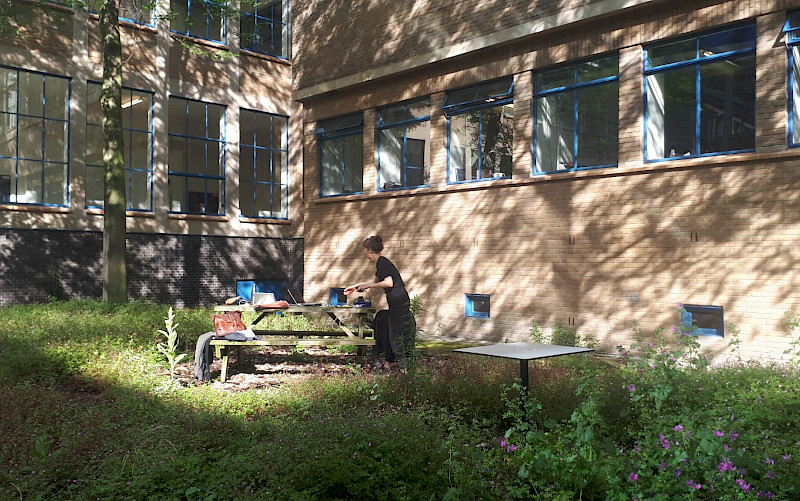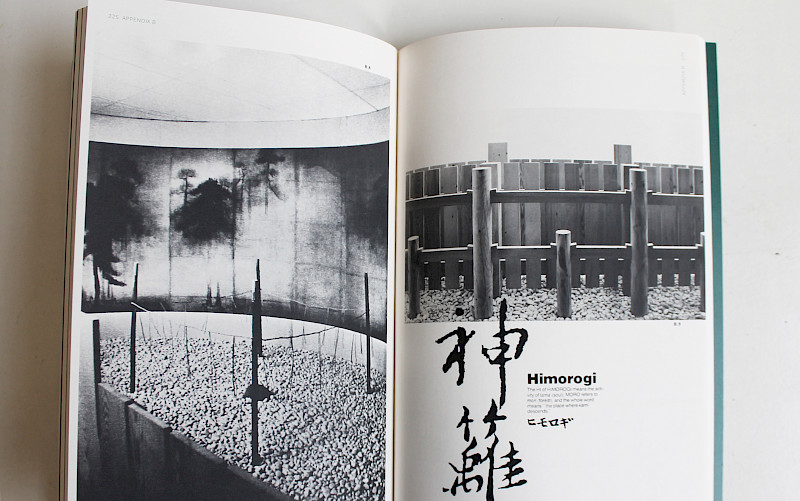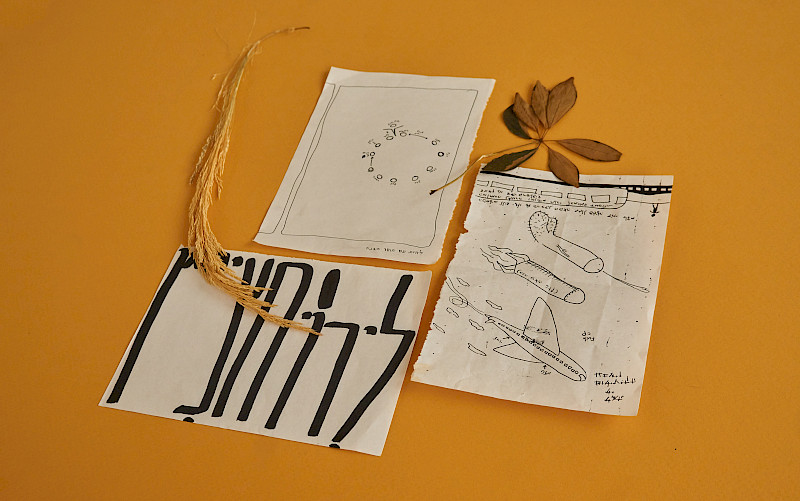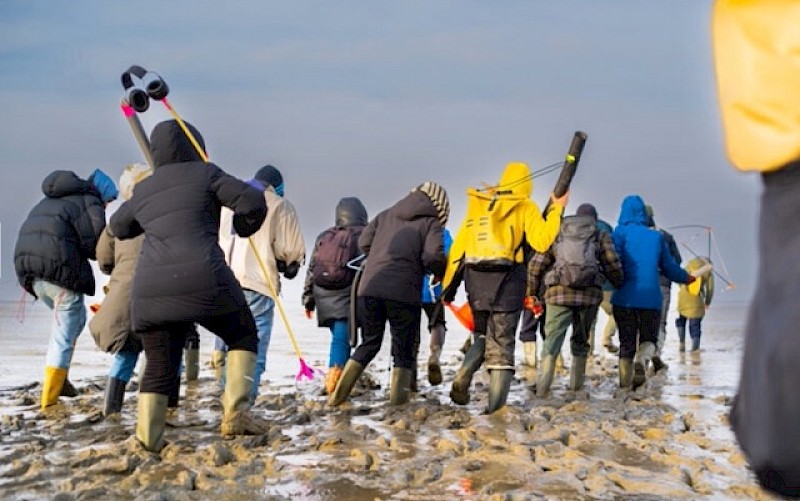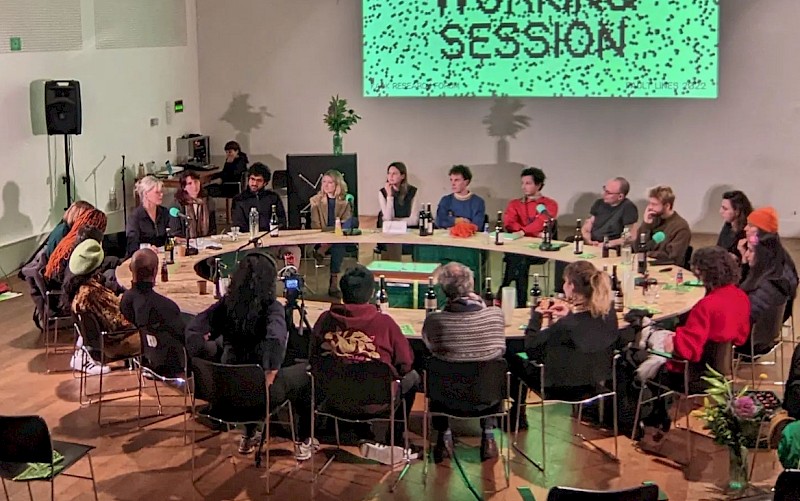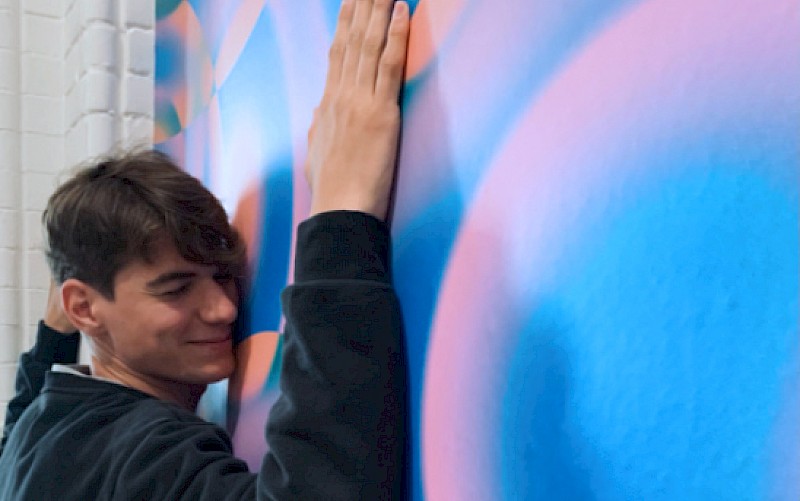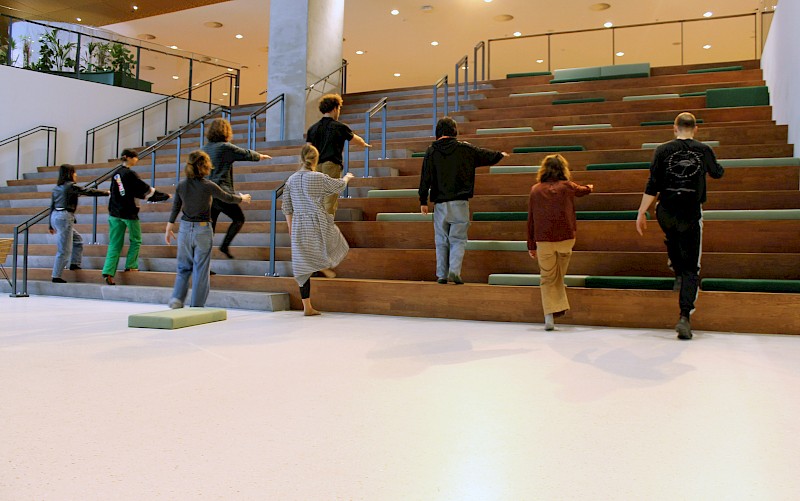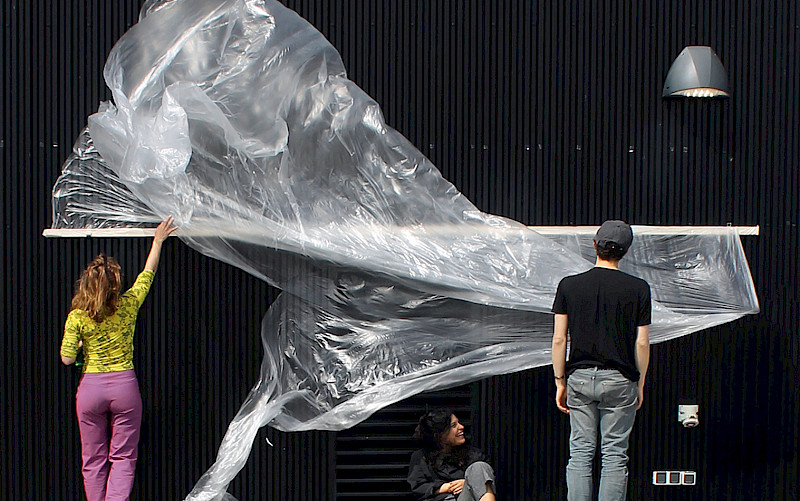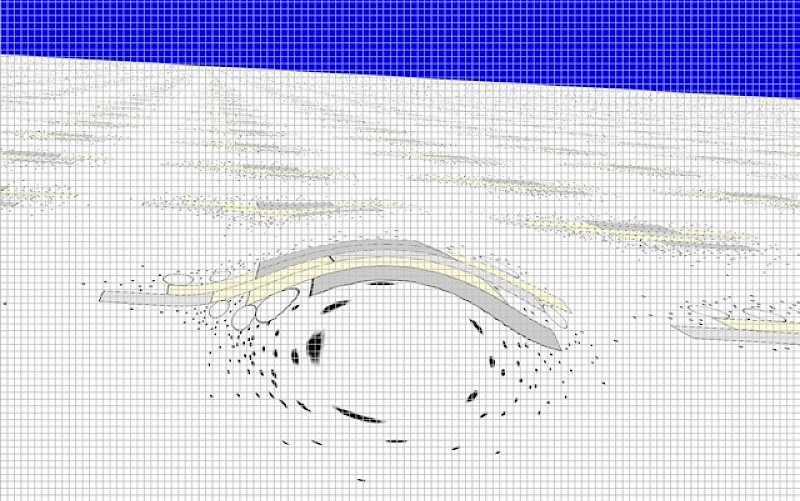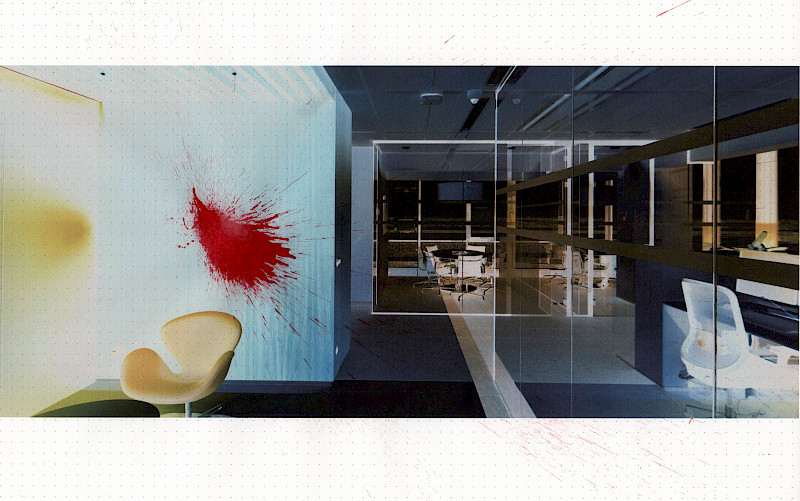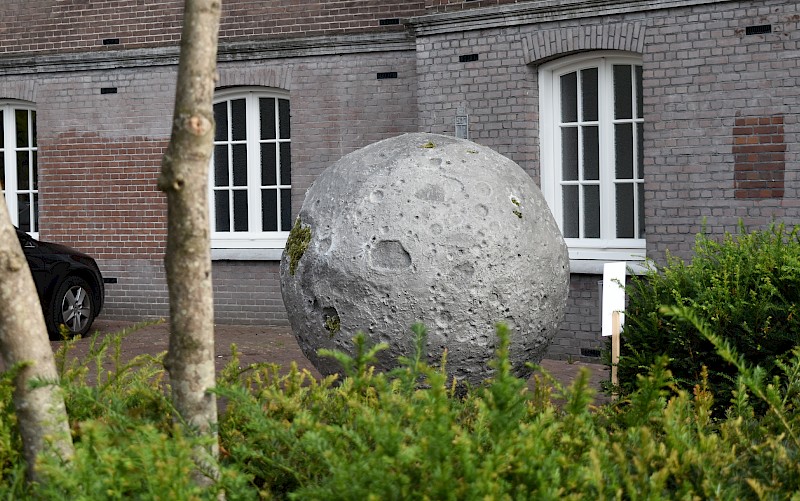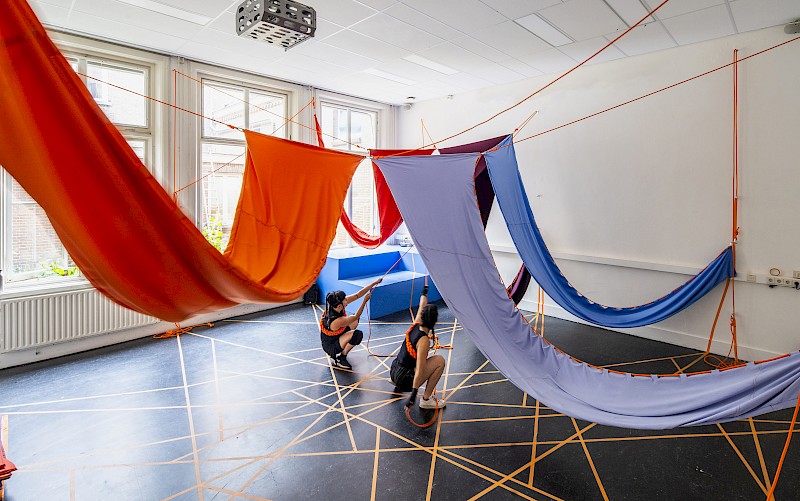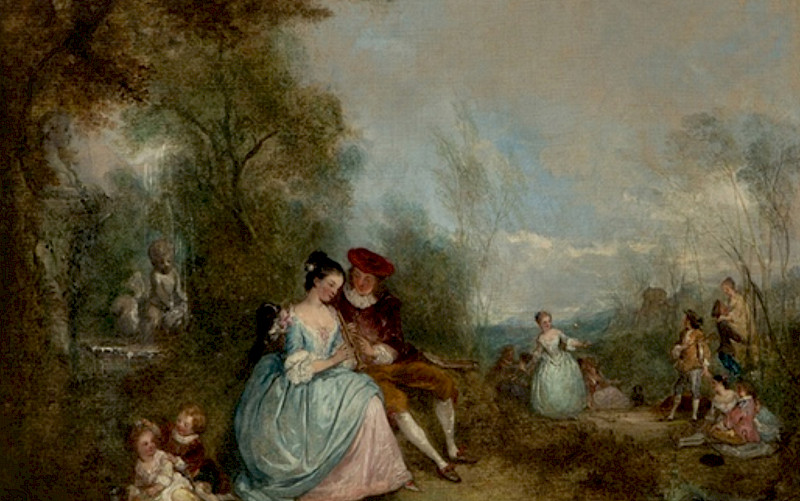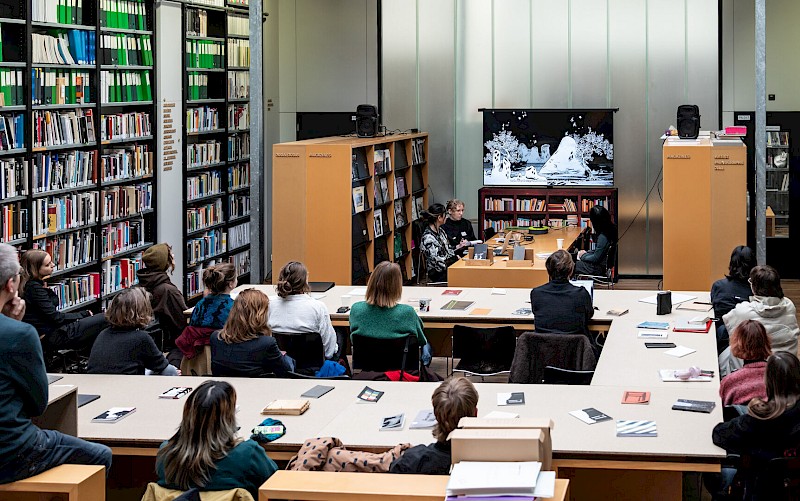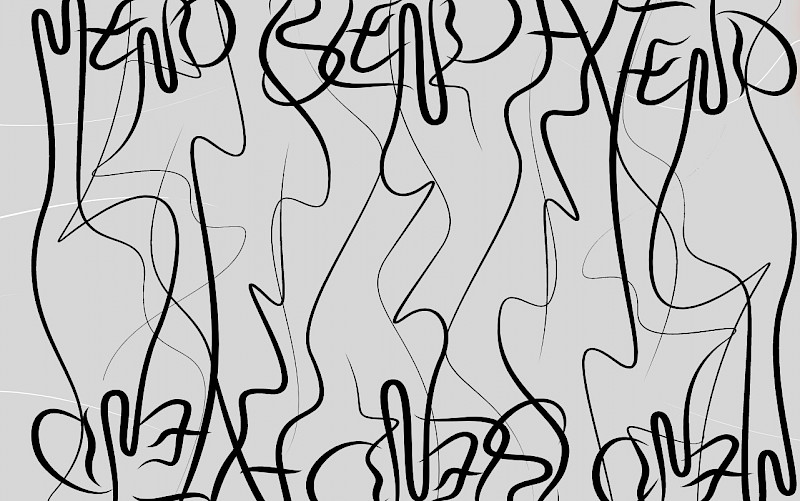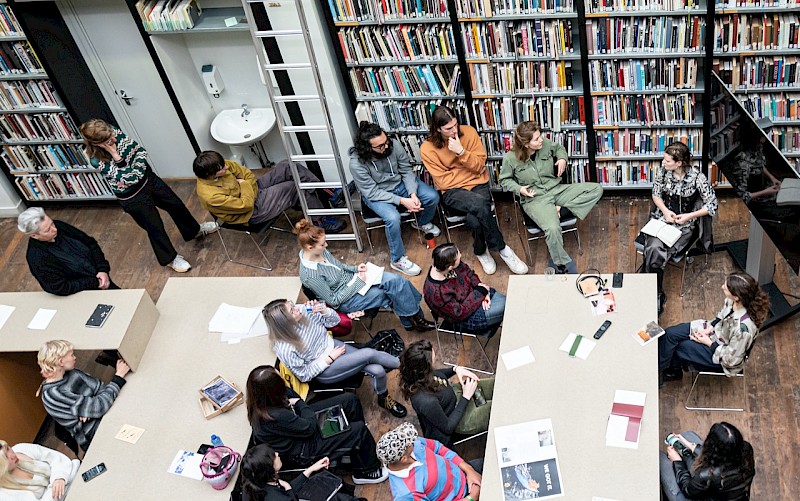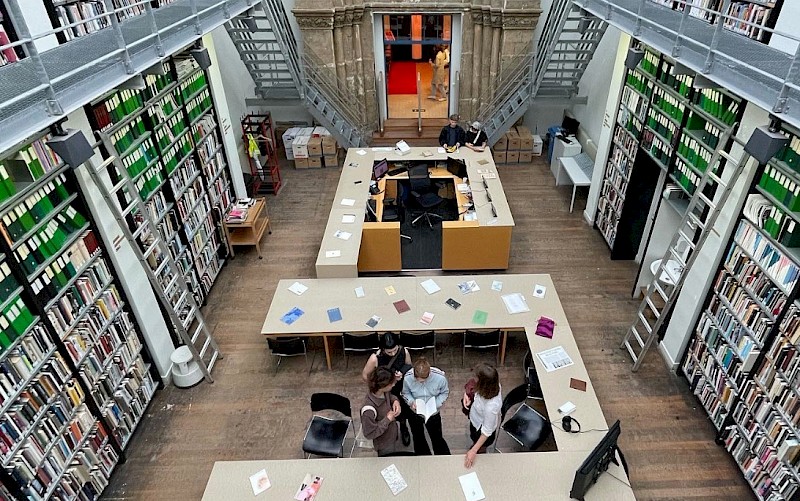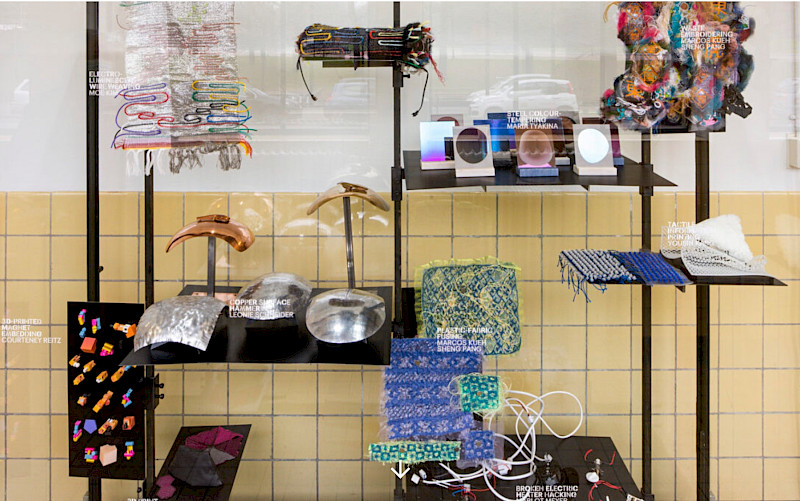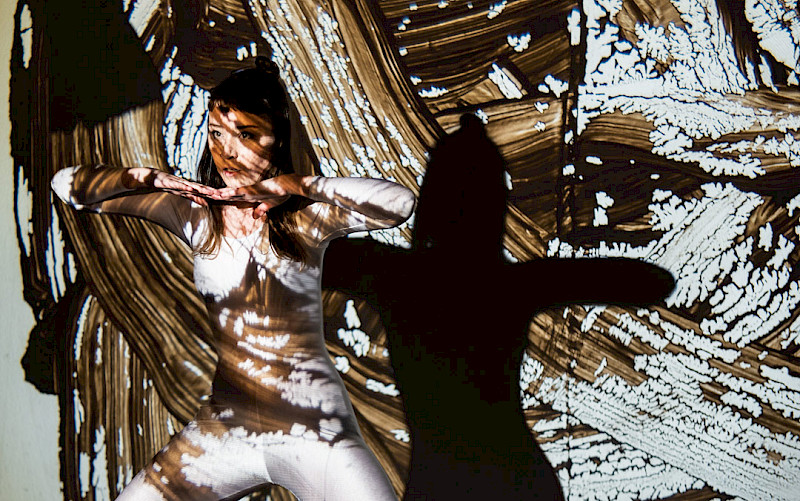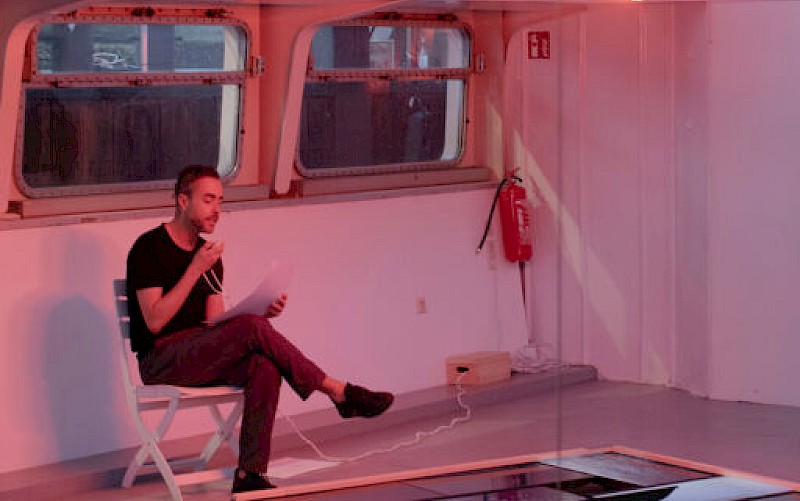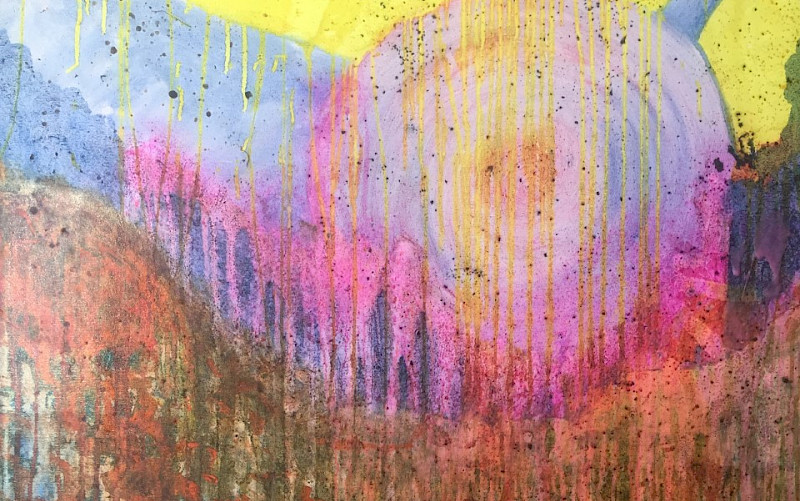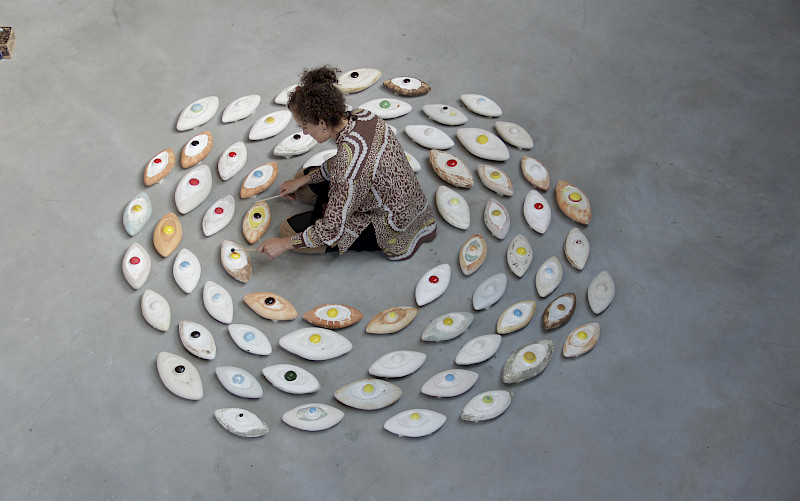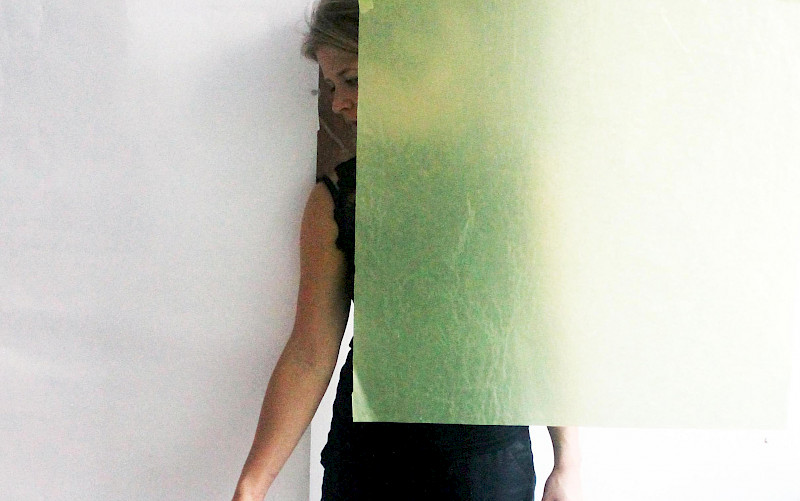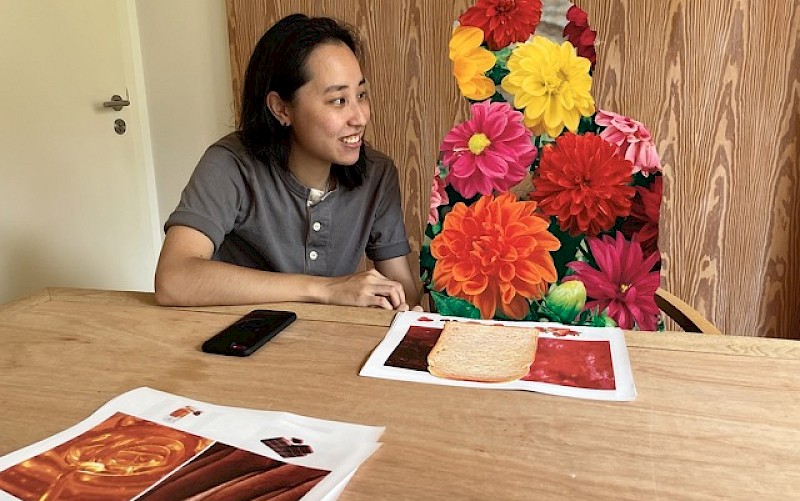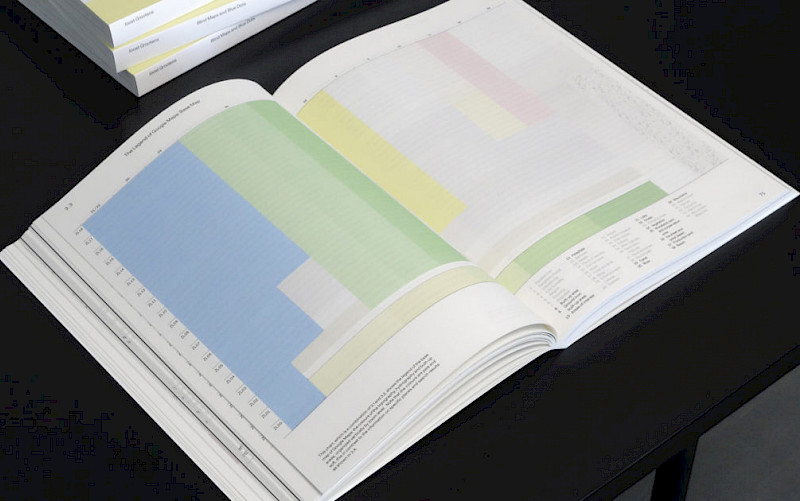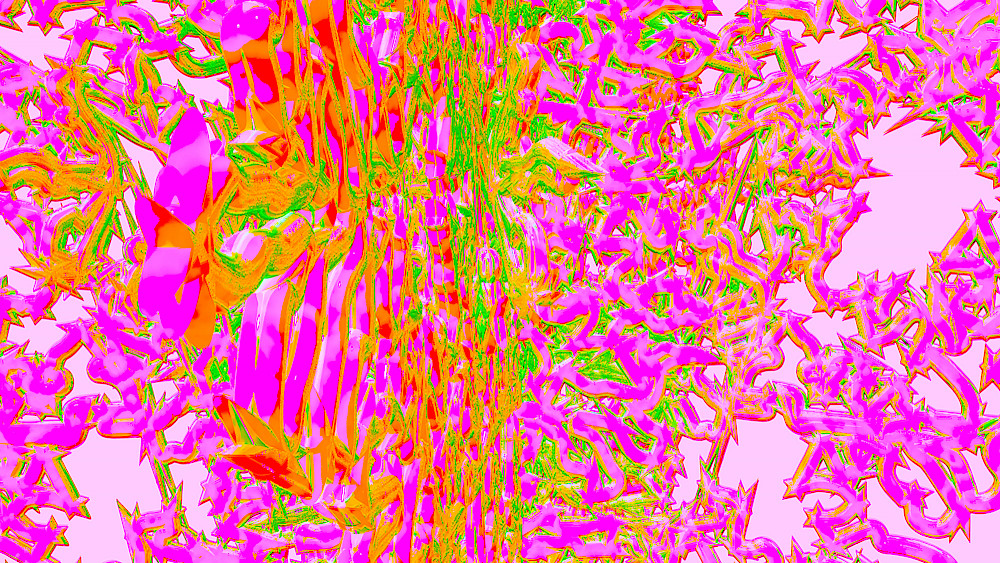
The Ontic Tonic
The Ontic Tonic examines the methodology of embodied experience in design research and practice by questioning the reciprocity of the designer and its work environment in regards to central aspects of locality, inclusivity and authenticity.
Graphic Design at the Threshold of Raw Realities and Distant Objectivity
Confronted with the consequences of a pandemic including its physical limitations and a resulting shift towards the digital realm, westernized graphic design nowadays faces the challenge of tackling politically, socially and culturally charged topics as for instance an imminent environmental crisis, an ongoing combat for equality, and changing social value systems from afar [footnote 1] .The geographical idleness originating from this necessity on one hand alters the role of the designer through its abstention from raw realities towards a prevalent focus on distant objectivity. On the other hand it opposes a rising awareness of embodied experiences which is a essential part of knowledge creation in cultural production [footnote 2]. Consequently, individual and embedded experience in both design research and practice is threatened to become subsidiary whilst passive knowledge supplants genuine activity of the designer in its work environment. This phenomenon doesn’t only carry the connotation of increasingly generic outputs which is caused by a large number of creatives accessing similar digital sources of information and inspiration. More importantly, it creates a disconnecting gap between designers who work mostly geographically static and visual journalists who work directly in the field, thus alienates applied design from embedded practice.
How exactly can empirical and embedded research then contribute to the conversion of global design culture and its decolonization by creating the necessary communication for intercultural collaboration?
The Ontic Tonic examines the methodology of embodied experience in design research and practice by questioning the reciprocity of the designer and its work environment in regards to central aspects of locality, inclusivity and authenticity. The research investigates the friction between speculative design, responsibility and sensibility in situated design practice and furthermore introduces a corresponding model – The Ontic Tonic – which aims to encourage a more embodied and multidimensional approach that allows an upcoming generation of designers to encounter contexts from various dimensions: within, between and around. It may be discerned not merely as analysis, but as a generative proposition for fellow graphic designers and cultural producers who experience a similar tension within their practice; Simultaneously, the text asks to critically rethink the hegemonic perception of design as a remote beautician while provoking new sensibilities, attitudes, intellectual processes and approaches.
[footnote 1] Pater, CAPS LOCK, 411, [footnote 2] Johnson, book review on Design for Life, 80
'Embodied experience through on-site design carries the potential to deepen a designer’s understanding for a culture’s social and political environment....'
Constanze Maier, The Ontic Tonic, 2022






